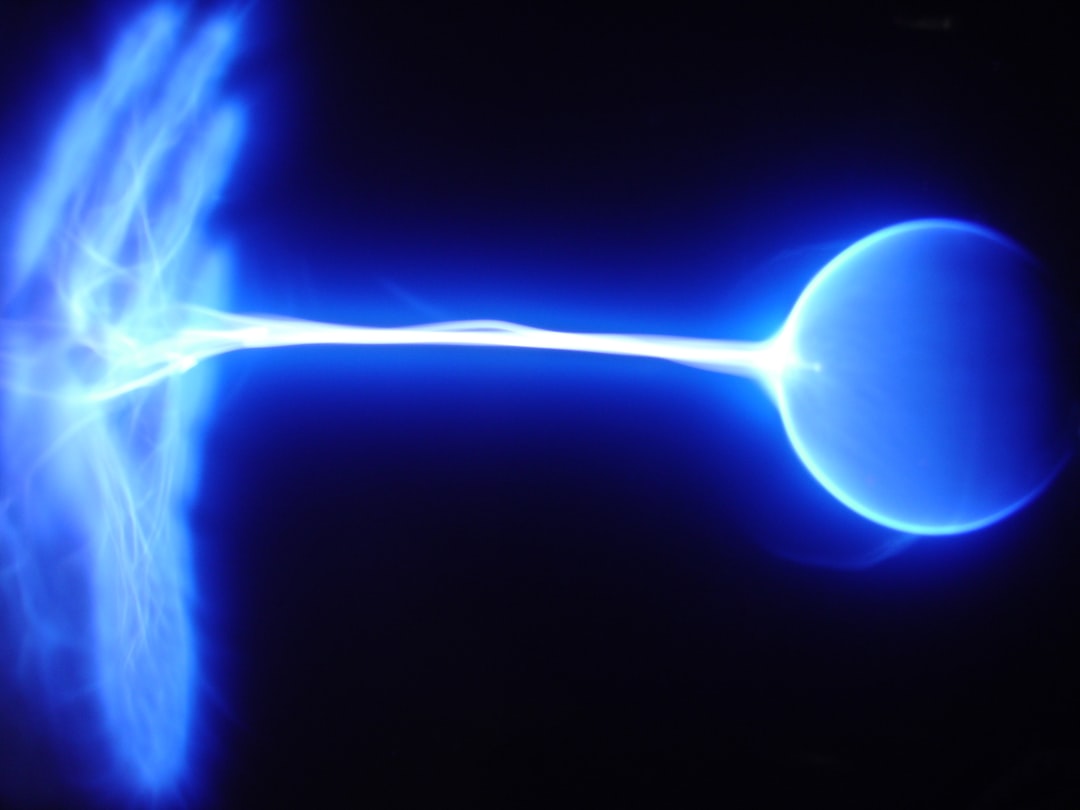What is it about?
We unravel the structural complexity of rare-earth containing chalcogenide glasses using a combination of x-ray diffraction neutron diffraction with isomorphic substitution.
Featured Image

Photo by Clyde He on Unsplash
Why is it important?
We investigate the structural origin of rare-earth clustering in chalcogenide glasses, which are exemplars of luminescent materials whose optical properties are engineered by (i) the adoption of a rare-earth host-matrix having low phonon energies, and (ii) co-doping the rare-earth ions with charge compensating elements. In particular, we obtain site-specific structural information on these materials by using the method of neutron diffraction with rare-earth isomorphic substitution. The results reveal both the coordination environment of the rare-earth ions, and the nature of the networks in which these ions are incorporated. This information is important for the development of new glass structures with tailored luminescent properties.
Perspectives
It was pleasing to see our work selected as an annual highlight of the Journal of Physics: Condensed matter
Professor Philip S Salmon
University of Bath
Read the Original
This page is a summary of: Structure of rare-earth chalcogenide glasses by neutron and x-ray diffraction, Journal of Physics Condensed Matter, April 2017, Institute of Physics Publishing,
DOI: 10.1088/1361-648x/aa68c0.
You can read the full text:
Resources
Structure of Photonic Glasses
JPhys+ News and views from the Journal of Physics series
Journal of Physics: Condensed Matter: Highlights of 2017
Journal highlight of 2017
Data sets for "Structure of rare-earth chalcogenide glasses by neutron and x-ray diffraction."
Data sets used to prepare Figures 1 – 10 in the Journal of Physics: Condensed Matter article entitled “Structure of rare-earth chalcogenide glasses by neutron and x-ray diffraction.”
Contributors
The following have contributed to this page










